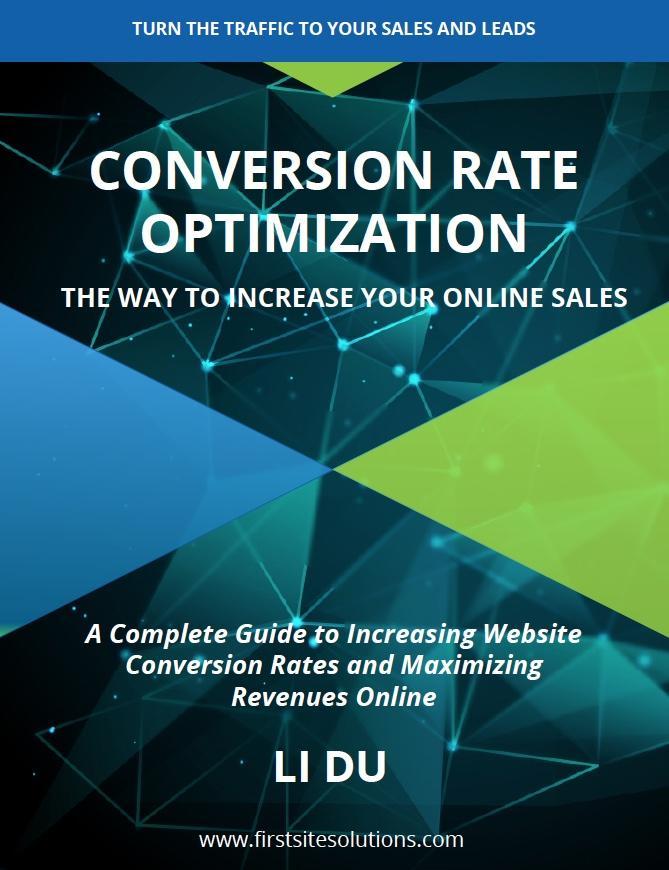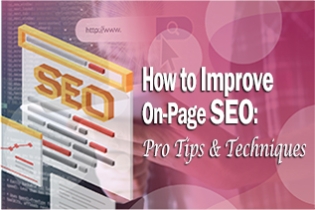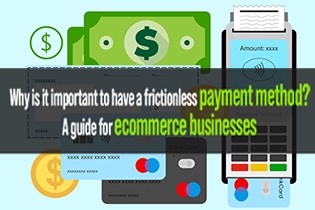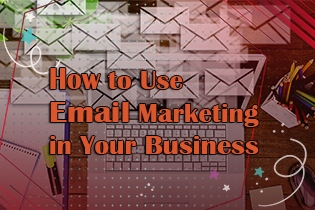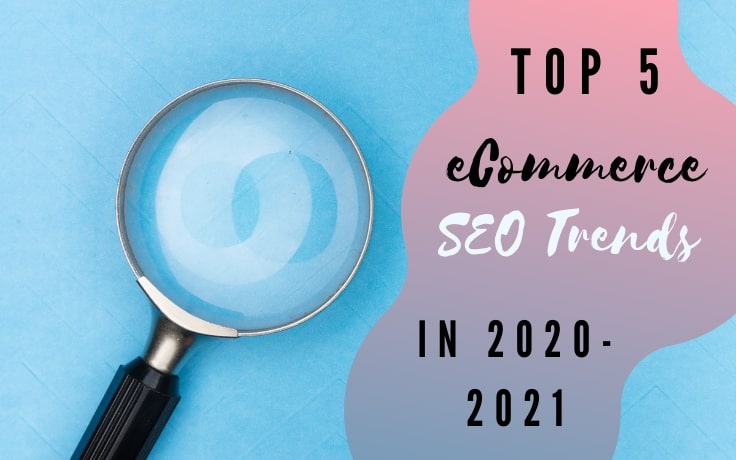
Grasping the attention of potential buyers is getting trickier by the year. Competition grows, shopping behaviors change, and so do the rules that apply to search engine optimization.
In this post, we’d like to cover where SEO in eCommerce is going in 2020-2021? Provide you with hands-on ready-to-use advice, and even give you some examples of how it can be done. Let’s roll!
1. Reaching Ultimate Site Speed
Website speed optimization is the first thing that you need to take care of when approaching your SEO. None of your clients like waiting. The last thing you want to do is end up with people leaving your website because they get irritated with things loading slowly (and that’s after all the work you’ve done to get them to visit your page).
Therefore, before you hurl all your effort into good old search optimization techniques, give your page load times the attention that this crucial matter deserves. Your ultimate aim here is lowering the bounce rates. Plus, because the numbers of sales made from mobile devices continuously increase, monitoring the performance of your eCommerce store’s mobile version is another point to keep an eye on.
Heavy high-quality pictures are usually the major backpedal in the page speed of an online retail store. You can start by performing an audit and making sure that all your images are compressed. This trend is still relevant for 2020-2021. There’s a lot that you can opt for here:
- using image optimizers and tools for manual image compression (like Compress JPEG);
- plugins for bulk optimization (these depend on the platform that the store is built on, for Magento, for instance, Mageplaza Image Optimizer is considered a good choice);
- choosing lossless or lossy compression (when you can afford to sacrifice image quality, this can be a good way out);
- switching to more modern formats of your image files (such as WebP);
- opting for a CDN (content delivery network solution for caching).
2. Optimization for Mobile Search
As briefly mentioned above, shopping via mobile devices is getting more and more customary. People shop for things on the go, browsing various websites from their smartphones and tablets as opposed to their desktop computers. This somewhat explains the “boom” of mobile commerce (often shortened to just m-commerce). According to Business Insider:
“Despite historically suffering poor conversion rates because of customer frustration from having to checkout on a small screen, smartphones have become the driving force behind m-commerce growth. US volume is poised to increase from $128.4 billion in 2019 to $418.9 billion through 2024.”
Furthermore, when it comes to SEO, Google prioritizes the mobile-first approach which, in essence, means that the mobile version of a site is the one to get indexed, crawled, and ranked before the desktop one does.
With m-commerce being on the rise, it is vital for you to make sure that your online store handles the matter of mobile search properly. You need to be 100% positive that people can find what they need as they navigate your site. This regards the peculiarities of the rather small screens that they’re using. So, place buttons and other clickable elements in thumb-reachable positions and make smart UX/UI choices.
Thus, you need to have a neat responsive site design that puts navigation and speed first, to take care of your schema markup, AMP markup, optimize your content, among other things. Feel free to check out this handy mobile search optimization guide for more details.
3. Adding Voice Search Functionality
Ask yourself the following question: if people shop from their mobile devices differently from the way that they do on their computers, do they search for things differently too? Yes, they certainly do.
Artificial intelligence, IoT technology, and various other assistants and voice-activated devices are the direction to look towards. For SEO this primarily means voice search functionality and, consequently, voice search optimization. The thing here is that depending on the search method (typing something in or asking Siri or Alexa a question) people will make the same request in various ways.
Let’s put it this way, let’s assume that your potential client is looking for yellow cashmere gloves. Most likely this short phrase “yellow cashmere gloves” will be the one that they type in the search bar (perhaps, it can be supplemented with something like “buy online”). On the screenshots below, you can see the sample results for the search. By the way, did you notice that Google offers to change the way you’d like to make a search from typing to speaking or uploading photos? Make a note regarding this, seriously.
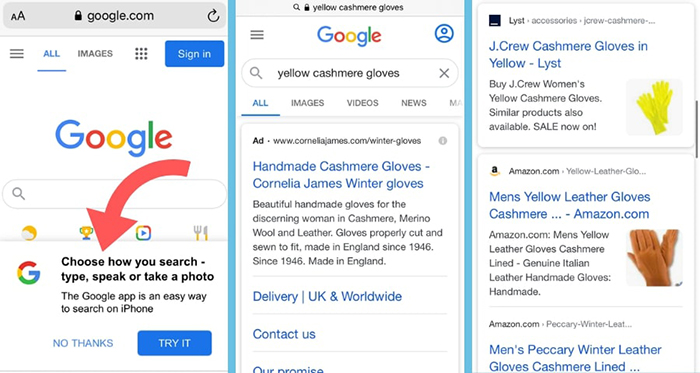
Would this request sound the same if your prospect “assigns” the glove-hunting task to their smartphone’s voice assistant or uses oral speech to search for something in your online store via voice bot? There’s a huge chance that the query will be thrice as long and will sound something like: “Siri, could you please find me a pair of yellow cashmere gloves in Chicago? Preferably under 100 dollars and with free delivery.” Now take a look at the other screenshot set below, do the results given by the voice assistant match those that were typed in? Nope.
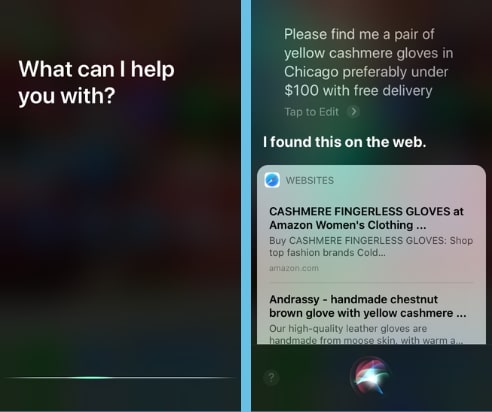
What you should understand at this point is that people talk not the same way that they type, thus, type search differs from voice search. So, you need to spend some extra time to optimize the pages for voice commerce. This implies longer phrases, keeping in mind the semantics and structure of casual speech. Think about how customers can ask questions. Answer them. And yes, it’s not an easy thing to do.
4. Virtual Try-on & Augmented Reality
Augmented reality (short for AR) is one more hot trend for eCommerce stores. This modern technology allows users to virtually try on items that are sold in the store by using their device’s camera.
But how does this deal with SEO, you may ask? It’s all about user experience. Imagine how many frustration points this technology solves. Just picture a client trying to find an ideal shade of hair dye or trying to guess whether the armchair they’re browsing in the store will look good in their room. Virtual try-on swipes away doubts.
Take a look at the Maybelline New York screenshot below. As you can see, the website offers its users an outstanding opportunity to test the shades and colors of products. The site is already equipped with a Virtual Try-On that’s available on product pages, as well as a Foundation Shade Finder, and Brow Play Studio.
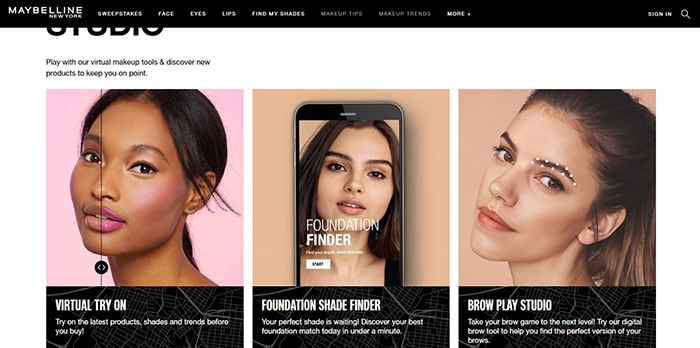
Plus, if items are available in 3D thanks to augmented reality features, this can help your online store stand out among competitors, to say the least, Google introduced a “View in 3D” button that’ll be highlighted in your site’s search results. You can even use video ads!
5. Boosting Product Pages with Video Content
Speaking of videos, this is another way you can enhance your product pages, including SEO-wise. Adding video content to your product galleries is the fifth eCommerce trend that we’d like to bring up.
Videos of great quality can contribute much to your SEO strategy. As such, displaying the product visually well can increase your conversions. As long as the video doesn’t slow down your page load time, this is certainly a good move.
To provide you with an example, here’s a screenshot from the official Converse website. The product gallery grid is supplemented with a video of the product. This adds to the overall look of the page and is a great element to have on an eCommerce website for product presentation.
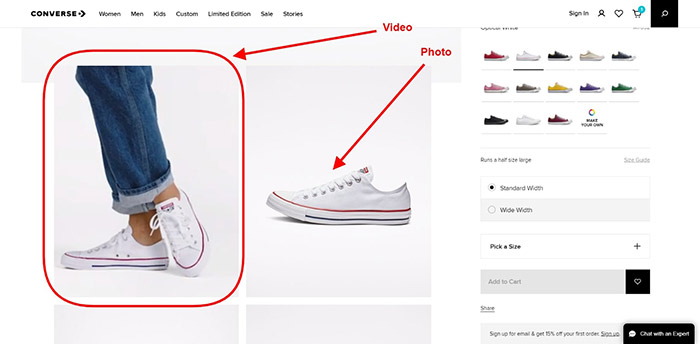
Final Say
Summing up, there’s a lot that can be done to upgrade your online retail store in terms of SEO. Based on the trends, described in this post, give website speed optimization the needed attention, the same applies to the store’s mobile version and search, and don’t hesitate to add new and modern functionality to be able to meet competition.



